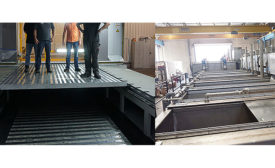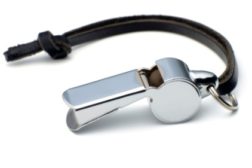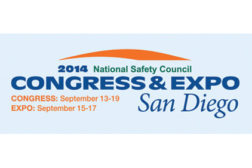Home » Keywords: » safety hazards
Items Tagged with 'safety hazards'
ARTICLES
Dispelling the myth that your worksite is unique
“Accidents just happen around here”
January 8, 2018
Get our new eMagazine delivered to your inbox every month.
Stay in the know on the latest safety trends.
SUBSCRIBE TODAYCopyright ©2023. All Rights Reserved BNP Media.
Design, CMS, Hosting & Web Development :: ePublishing










